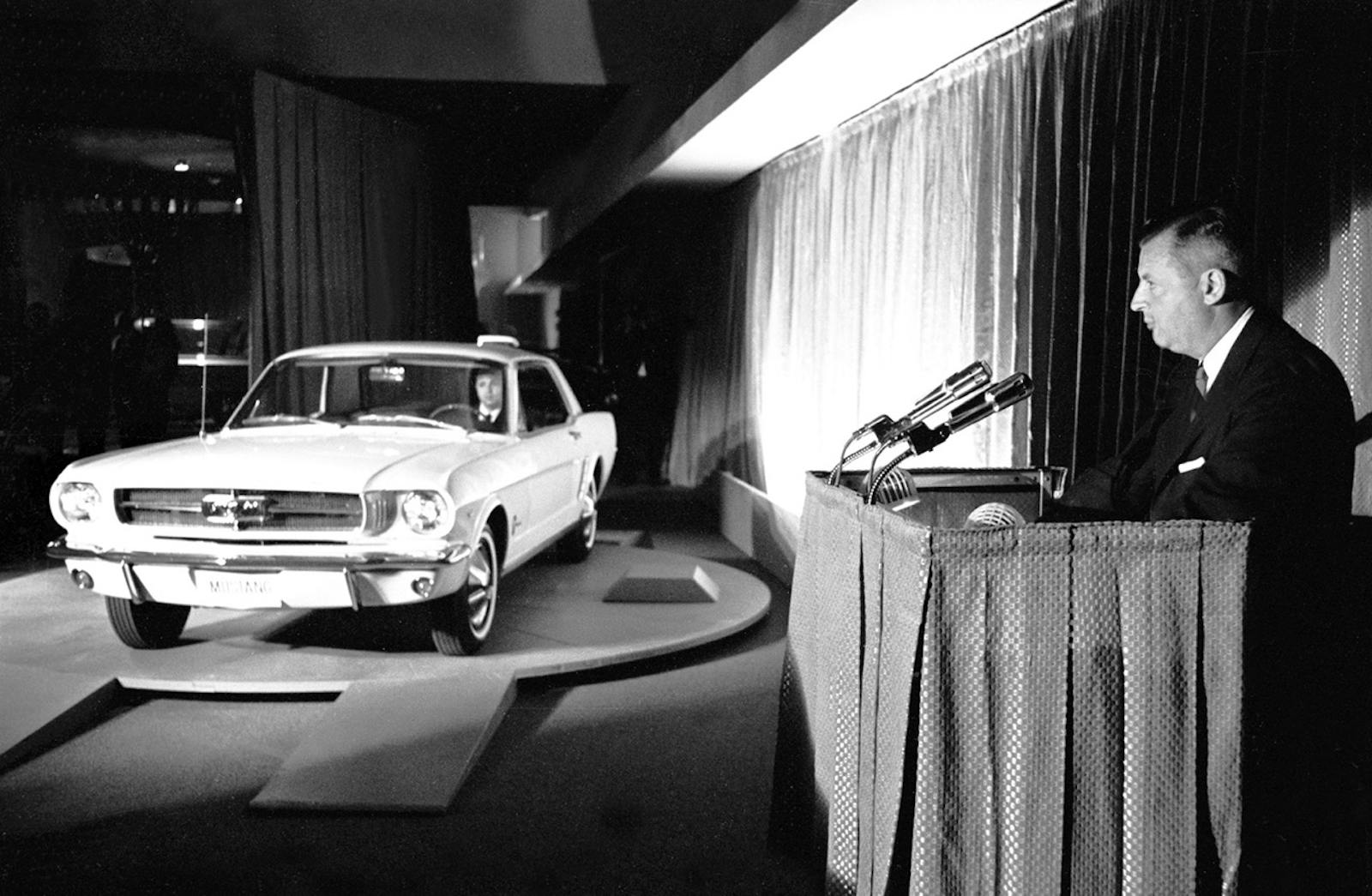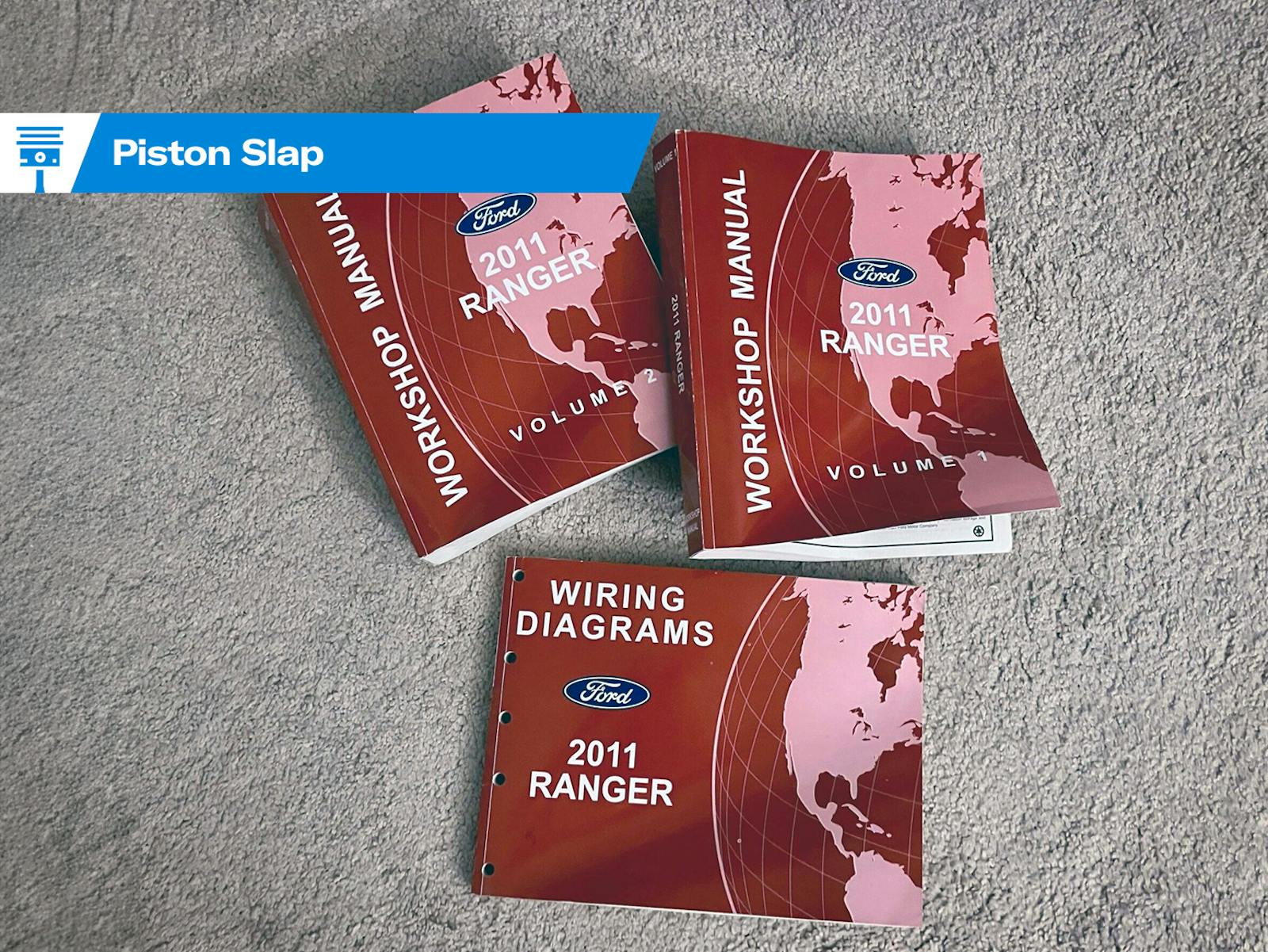Great inventions: The speedometer
The world’s first speeding ticket was given to Walter Arnold in Paddock Wood, Kent, on January 28, 1896. Arnold tore through the town at four times the speed limit and a five-mile chase ensued before finally he was brought to a halt by a bobby on a bicycle who pinched him for going 8 mph—and without the requisite flag-waving escort.
But you can’t really blame Arnold. After all, the speedometer hadn’t even been invented when he was summoned to court and fined a shilling.
Credit for the first car speedometer goes to A.P. Warner of the Warner Electric Company, who adapted a mechanism called a cut-meter, which measured the speed of industrial cutting tools. The Oldsmobile Curved Dash Runabout of 1901 was the first vehicle to be equipped with a speedo, while a year later German engineer Otto Schulze patented a device for measuring the instantaneous speed of a vehicle.

The Shulze-patented speedometer relied on an eddy-current created by a magnet to translate the speed of rotation of the wheels (or more often from the transmission) to a dial on the dashboard. A flexible drive cable is attached to gears in the transmission at one end and has a permanent magnet attached, via another gear, at the other. This magnet sits inside a speedcup which is attached to a needle on the speedo gauge. As the magnet spins, it creates a rotating magnetic field which, in turn, drags the speed cup and its attached needle in the same direction as the magnetic field—without a physical connection. Clever stuff.
For a time it was even mandated that vehicles had one speedometer for the driver to see and another, larger one, that would be visible to police. Fortunately, as speed limits were increased this rather ridiculous idea met its demise.
By 1910, speedometers were standard fit and the eddy-current speedo would remain the only viable option until the 1980s. Other attempts were made using centrifugal force and spinning air cups (nice try, Nikola Tesla), but none would prove as reliable until the invention of the electronic speedo.

Ironically it was in among the notoriously temperamental electronics of the 1976 Aston Martin Lagonda that the first electronic instrument cluster appeared. The car’s speed was displayed in digits on a cathode-ray tube (CRT) display with no direct mechanical link to transmission or wheels. Instead a signal from a sensor was transmitted by wire to the dashboard display—a system that was soon adopted by the rest of the car industry.
Speedo error has always been an issue (although the Lagonda was apparently impressively accurate), so U.K. regulations state that speedometers must never under-read and that they must not over-read by more than 110 percent of the actual speed plus 6.25 mph for single-vehicle approved cars and 110 percent plus 2.5 mph for production models.
So that means if you ever get yourself in a similar situation to Walter Arnold, you won’t be able to blame your speedo.
Via Hagerty UK

